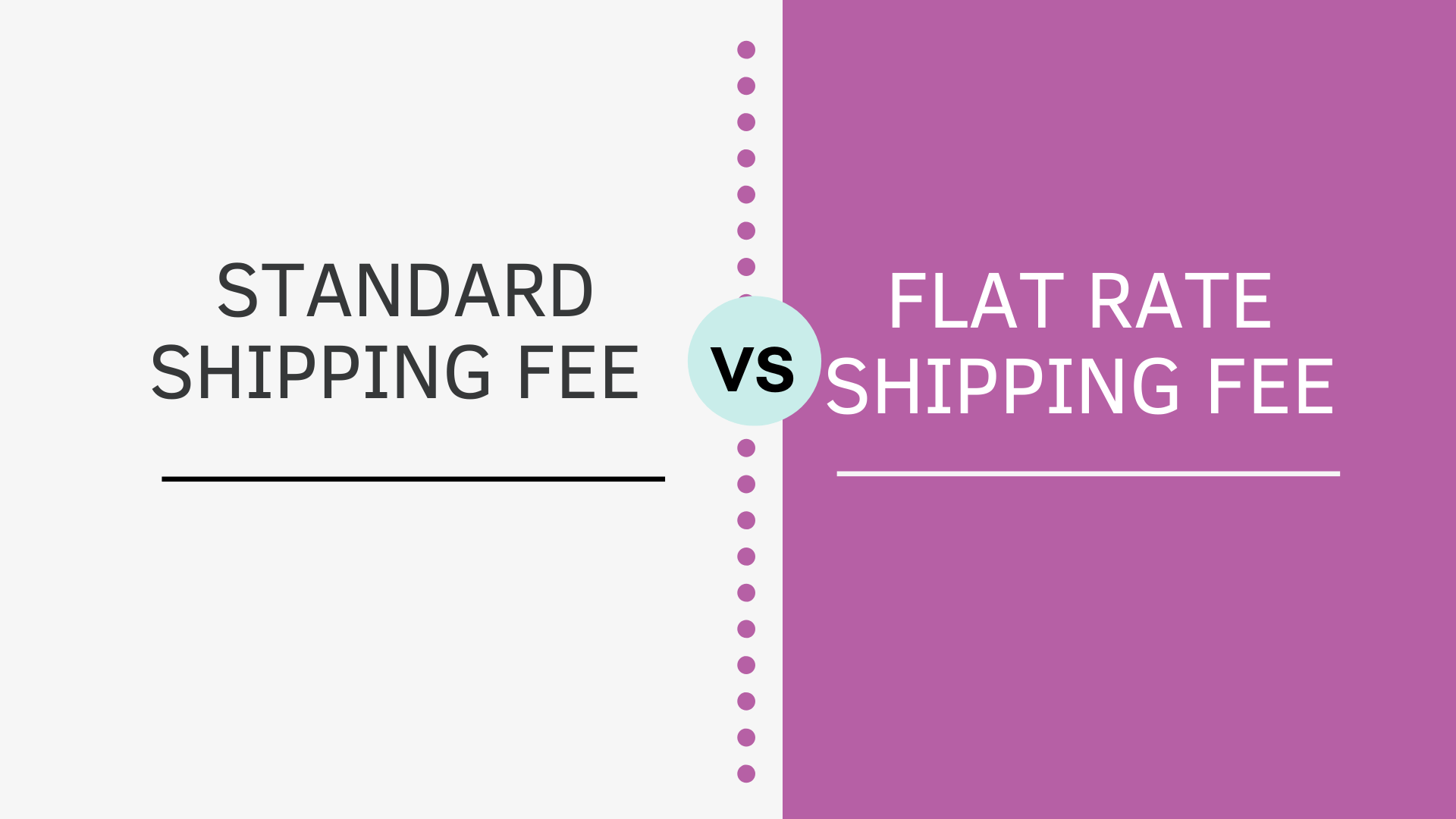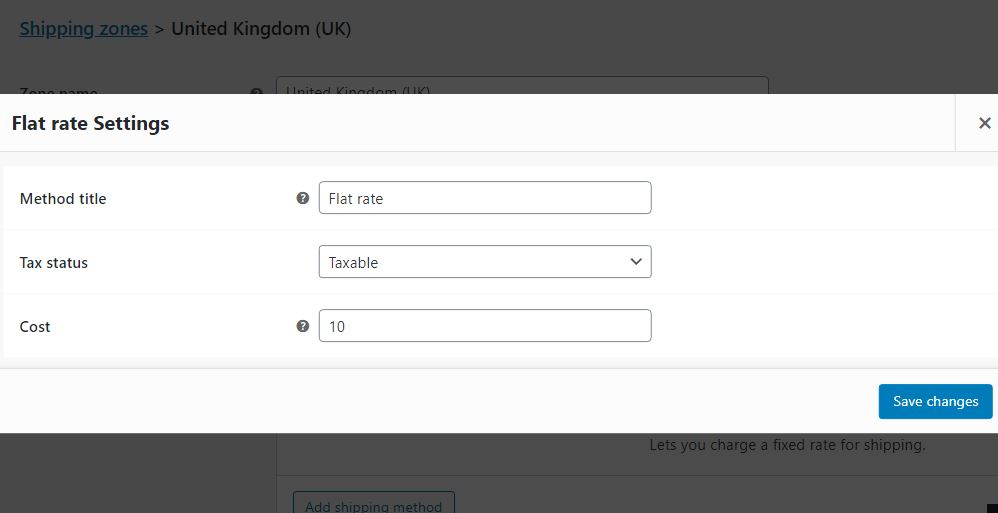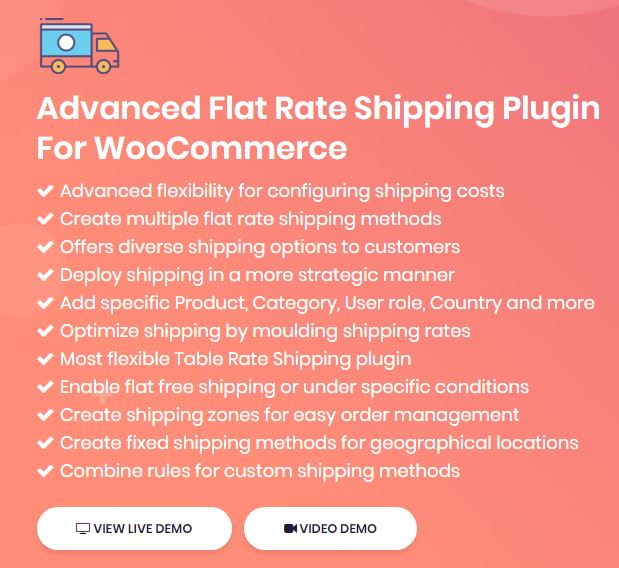

Shipping may pose as a straightforward operation to customers, but every online business owner understands how complex it is. While digitization has done dozen good things, such as saving infrastructure cost, reducing the need of sales representatives in outlets, and so on, shipping & delivery operations still need a lot of your attention as a business venture.
So, because you ship products instead of customers visiting the outlet, it is legible to charge a shipping fee in many scenarios. However, there are times when you can skip charging shipping charges and make your customers happy.
Now, when you are charging fee, there are multiple types of fees you can charge, such as –
- Standard Shipping Cost
- Flat Rate Shipping Cost
- Percentage/Variable Shipping Cost
The most confusing among these are standard and flat rate shipping costs, because the scope of percentage shipping fee can be guessed from its name itself. But because we are going to focus the most of the other two variants of shipping fee, here is a quick overview of variable shipping costs –
It is the shipping cost that varies with the cost of the product (or a part of the product cost). For example – A seller may charge a 1% shipping fee on cart value while selling electronic goods.
Standard Shipping Fee vs. Flat Rate Shipping Fee in WooCommerce
Let us begin with standard shipping fee.
Note: Those, who understand the difference, can skip this section and start towards learning how to add standard shipping fee or flat rate shipping fee for their online shops]
Standard Shipping Fee in WooCommerce
This type of shipping rate is applicable to your cart or all products, irrespective of any related aspect, such as product weight, product size, payment method, and so on. You can think of it as the fixed shipping cost, as determined by third-party eCommerce vendors who handle the delivery operations.
Flat Rate Shipping Fee in WooCommerce
The flat rate shipping cost changes with different aspects related to your products or cart. For example – the same product may be shipped to different locations at different shipping charges. Similarly, you may charge $10 for shipping of 10 t-shirts while $8 for shipping of 15 t-shirts (the shipping cost is depending upon product count in this case).
WooCommerce lets you fix the flat rate cost as per location only. Here is a detailed tutorial on how to set up flat rate shipping charges from the official WooCommerce site for your WooCommerce store.

Clearly, that’s not all.
You can add flat rate shipping methods that allow you to decide shipping rates, based on dozens of parameters, and not just location. These parameters could be –
- Location-based – Country, state, zip code, shipping zone (custom collection of locations)
- Product-based – product name, SKU, category, variable product, tag, product
- Attribute-based – Color, size
- User-based – User name, user role
- Cart-based – cart subtotal, quantity, weight, coupon
- Payment method based
- Shipping class based
- On per delivery date and/or deliver time
For this, you will need the Advanced Flat Rate Shipping Plugin for WooCommerce Plugin.

And the good thing is – Using this plugin is easy and it won’t take much time in configuring and setting up flat rate shipping with it.
Read this full post on how to set up flat rate shipping in WooCommerce.
Comparing the two – When should you use these?
So, there are times when standard shipping rates are beneficial to deploy. And then, there are times when flat rate shipping charges makes more sense. You have to choose any of these as per your shop’s need, in order to keep sales operations efficient and smooth. Here is how to decide –
When you need to sell products at a fixed shipping price
Let us say you have to sell one type of product or item in your online shop.
Also, you are shipping them to a few limited locations. In this case, the cost of shipping can be kept the same. So, instead of making things complex, enable standard shipping for your eCommerce shop.
Highly different shipping costs are to be applied.
For businesses that ship a variety of products to multiple locations, it is not possible to fix the same shipping rate for all orders. Hence, the standard shipping costs won’t do any good here. You need to apply flat rate shipping charges.
When transparency is the first priority
It is essential to give your customers clarity on why you are charging the shipping fee and how much is it. With flat rate shipping, this becomes easy. So, whenever you think, the customers are not feeling that your checkout process is fully-transparent, go for flat rate shipping instead of standard shipping charges.
Your business is new, and your reach is low.
The new WooCommerce store owners may take some time in understanding how shipping works. Also, in the beginning, months of your business, you might not be selling products to many locations and your customer base must be limited. So, in such times, you can move ahead with standard shipping instead flat rate. Once you grow, make the switch to the latter.
When you want to reduce manual calculations
Go for flat rate shipping in this case.
By enabling flat rate shipping, your administrative team can be saved from manually calculating the shipping fee as per different conditions. It will happen on its own. Not just it simplifies the things and reduces the burden on your team, but it also results in diminished human errors and decreased costs.
The Crux
Online businesses vary in nature, scope, spread, and so on, big time. To operate at optimal cost and provide excellent services, you need to ponder over these two types of shipping fees and decide what suits your WooCommerce the best at present.
To give you a clear understanding, we have given enough details above. So, go ahead and enable the standard shipping fee or flat rate shipping fee with your online shop. It will surely help you automate the shipping right, and manage the sales operations better.
If you still are unsure about these 2 terms, ask us by adding a comment below.


